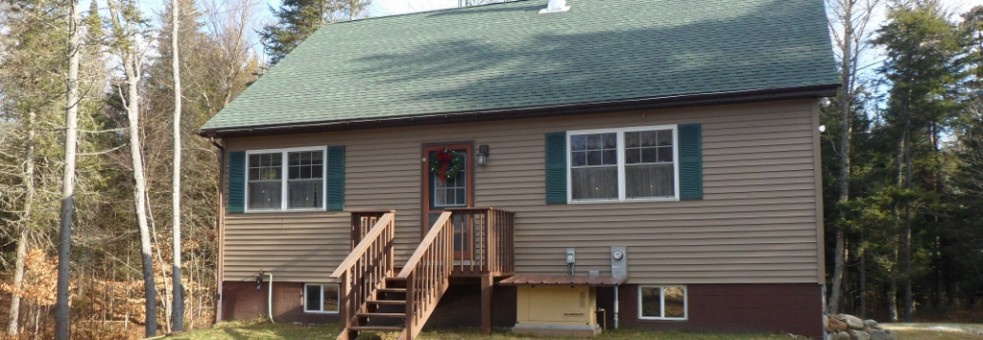I own a piece of the Adirondack Park. My home sits on less than two acres, but it belongs to me (and the bank). I pay property taxes, just like property owners anywhere else in New York.
There is private property within the boundary of the Adirondack Park. That boundary is often called the Blue Line, since the park was originally delineated on a map with a blue line. How can there be private property – almost 50 percent of the total land area – in a park? Yosemite or Yellowstone doesn't contain more than 100 communities as there are in the Adirondack Park.
First, the Adirondack Park at 6 million acres, is larger than Yosemite and Yellowstone combined. Second, whatever the Adirondack Park is called, it is actually a preserve. The Blue Line was drawn more than 100 years ago by conservationists, New York City business moguls and politicians who hoped to acquire all the land inside it. While New York State continues to purchase environmentally significant lands in the Adirondack Park, they aren't ever going to acquire them all. Third, while the Adirondack Park is huge even without counting the private lands, it is a state park/preserve, not a national park.
The Adirondack Park is an experiment in how man and nature co-exist. All the private land in the park is administered by the Adirondack Park Agency. It is a giant planning and zoning board that works with hamlets that want to adopt their own comprehensive plans and acts instead of local planning and zoning boards for those communites that don't. Outside of hamlets, the Park Agency pretty much has jurisdiction. Outside of hamlets, development on private property is very limited. State-owned lands (the "Park" part of "Adirondack Park") are protected as "forever wild" by the state's constitution.
Land use in the park is a highly controversial topic, and density planning with special attention to protection of shorelines and wetlands, is insufficient to bring human communities into the 21st century (personal opinion here). But those are the most powerful tools in the Park Agency's tool box at present.
The good thing: your neighbors can't do whatever they want, like ruining scenic vistas, polluting water or filling in wetlands.
The bad thing: you can't do whatever you want with your property, either. If you cut down trees that screen your home from the water, for example, you can be fined. Your right to a view of the water is subordinate to the right of everyone else to have a view undecorated by your personal taste in architecture. Vegetative screening near water helps prevent run-off pollution, too.
This sort of regulation still rankles among Adirondackers with long memories. The Adirondacks were isolated enough that folks pretty much did whatever they wanted on their own properties right into the 1970's. Planning and zoning didn't exist as it did in more urban areas. This pattern of patternlessness can still be seen in many of our communities.
It is the region's natural beauty that attracts visitors and new residents alike. I've never yet visited a scenic suburb or enjoyed the panorama of sprawl.
Ann Melious is the director of Economic Development and Tourism in Hamilton County. She moved to Lake Pleasant in 2011 after living and working in (and owning) another part of the Adirondack Park for 20 years.
